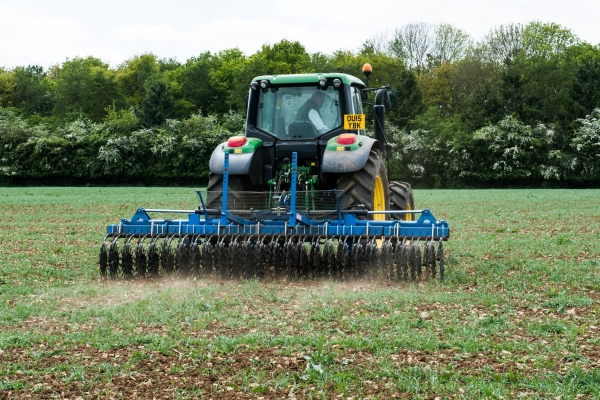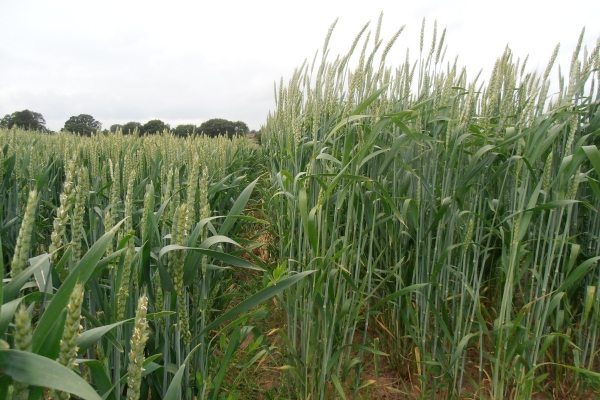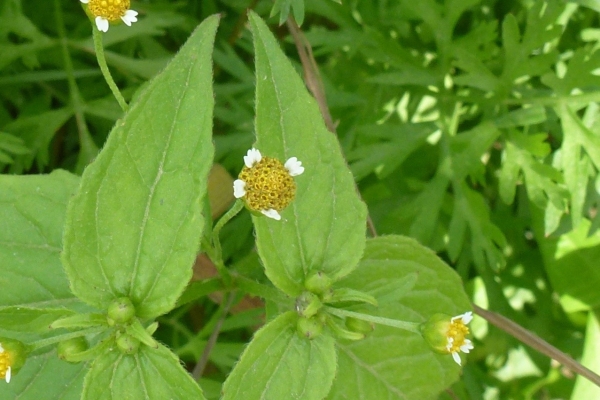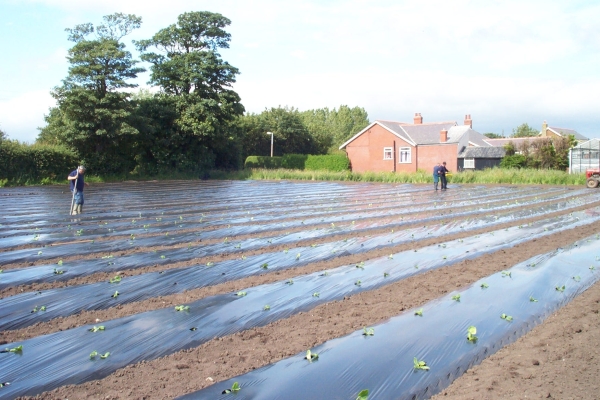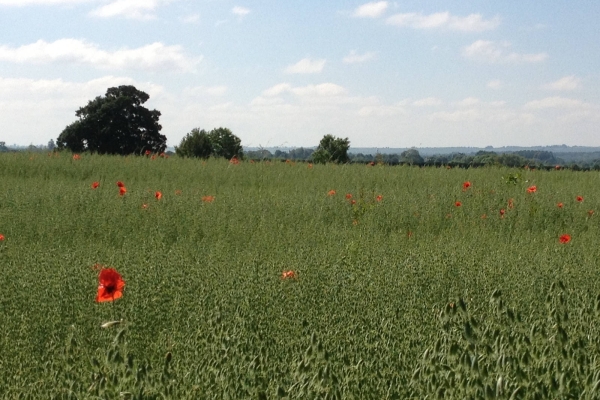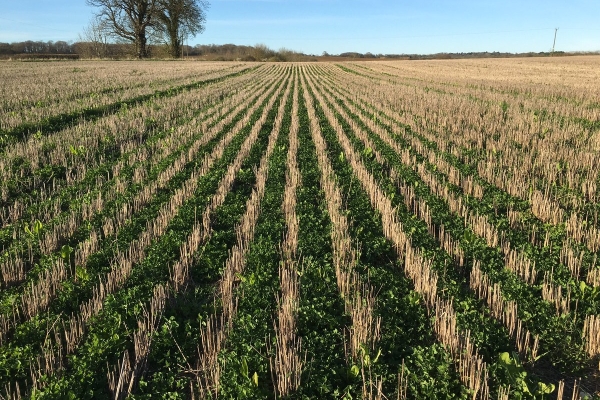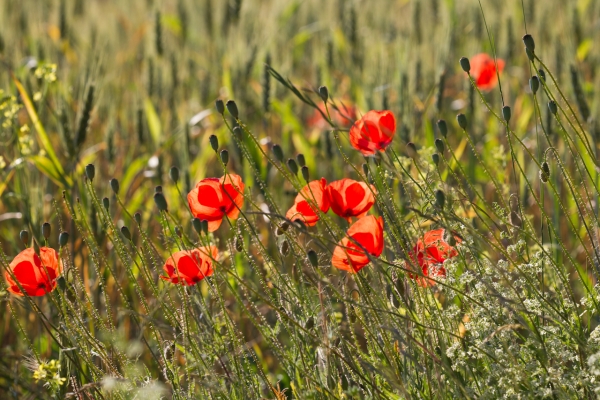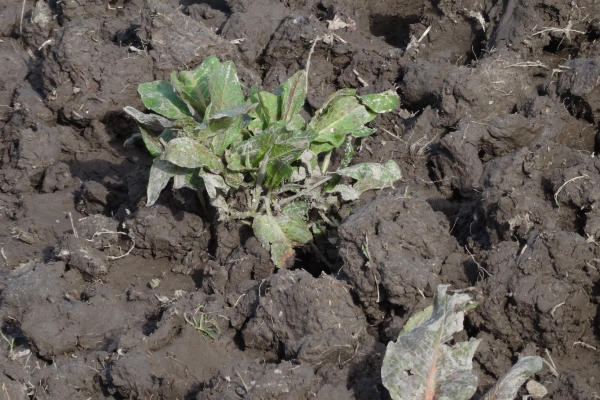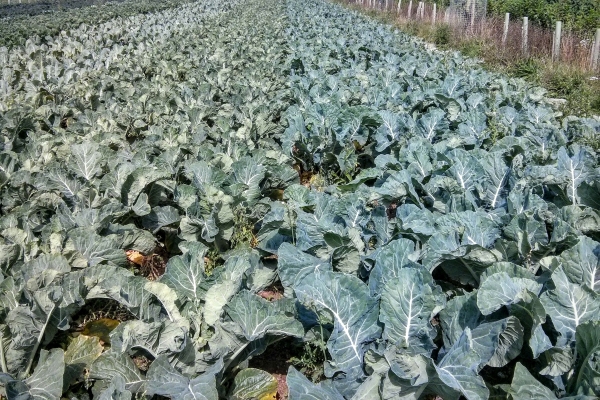Modern (inter) row-hoes – the Swiss army knife of mechanical weeders
Resource explained
This is a comprehensive report from the Future Farming Centre in New Zealand on the use of ‘row hoes’ – what used to be called inter-row hoes / cultivators. It is aimed at commercial farmers and growers of annual/biennial crops wanting or needing to reduce or eliminate herbicides by shifting to mechanical weeding. It is also for organic farmers and growers, and those already using inter-row hoes wanting to improve their understanding. It focuses on European experiences in re-inventing mechanical weeders with new and innovative approaches. It goes into the history of row-crop growing and mechanical weeding – from Jethro Tull to the modern roe hoe age necessitated by ‘failing herbicides.’
The short webinar below provides a taster of the report:
Findings & recommendations
- Interrow hoes have come a very long way from Jethro Tull’s initial conceptualisation!
- Modular, parallelogram row hoes with both interrow and intrarow weeding tools are now the dominant form of crop row weeder.
- The degree of sophistication of Second Generation row hoes is astonishing compared with their predecessors.
- Computer guidance systems, particularly camera based vision systems, are now a mature and highly effective technology.
- When coupled with RTK GSP tractor autosteer, the tractor driver has changed to become a machinery supervisor, ensuring optimal machine performance.
- With row hoe widths now reaching 30 metres / yards and forward speeds only limited by tractor and weeder work rates, weed control equivalent to herbicides are now possible.
- With the ever growing challenges facing herbicides in row-crops, modern row hoes are now a key component of Integrated Weed Management that will only increase in importance.




